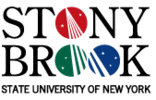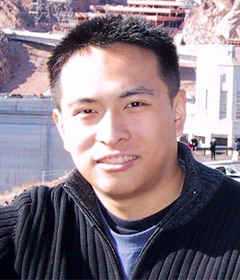
| IEEE International
Conference on Shape Modeling and Applications |
| Stony Brook University, June 4 - 6, 2008 |
News and Updates
Call for Papers
Organization
Important Dates
Paper Submission
Technical Program
Invited Speakers
Best Paper Award
Workshops
Mini-Symposia
Venue
Travel
Hotels
Social Events
Registration
About Stony Brook
Contact Us
Previous Conferences
Sponsors
Other Events
| Invited Speakers |
|
Tao Ju is an Assistant Professor in the Department of Computer Science and Engineering at the Washington University in St. Louis (USA). He obtained his PhD from the Department of Computer Science at Rice University in 2005, received his post-doctoral training from Baylor College of Medicine in Summer 2005. Dr. Ju conducts research in the areas of computer graphics and bio-medical applications, and in particular focuses on algorithms for geometric modeling, processing and their uses in medical imaging and modeling. He has published over 30 articles in top computer graphics and bio-medical forums such as SIGGRAPH and PLoS Computational Biology. Dr. Ju is a program co-chair of Pacific Graphics 2007 and area co-chair of International Symposium on Visual Computing 2007, and has served on the program committees of major conferences such as Eurographics, ACM Solid and Physical Modeling and Geometric Modeling and Processing. Title: Octree Skeleton: An Efficient Tool for Shape and Topology Analysis of Digital Models
Abstract: We present algorithms for representing, computing and utilizing skeletons of digital models on adaptive octree grids, allowing efficient topology and shape analysis on large inputs. These algorithms are based on a new representation of octree grids that gives rise to simple criteria for preserving topology and shape during skeleton generation. The resulted octree skeletons can be used in a range of topological and shape operations, including removing topological errors and identifying shape components.
Home |
News and Updates |
Call for Papers
|
Organization
|
Important Dates
|
Paper Submission Technical Program | Invited Speakers | Best Paper Award | Workshops | Mini-Symposia Venue | Travel | Hotels | Social Events | Registration | About Stony Brook | Contact Us Previous Conferences | Sponsors | Other Events Page maintained by webadmin |
